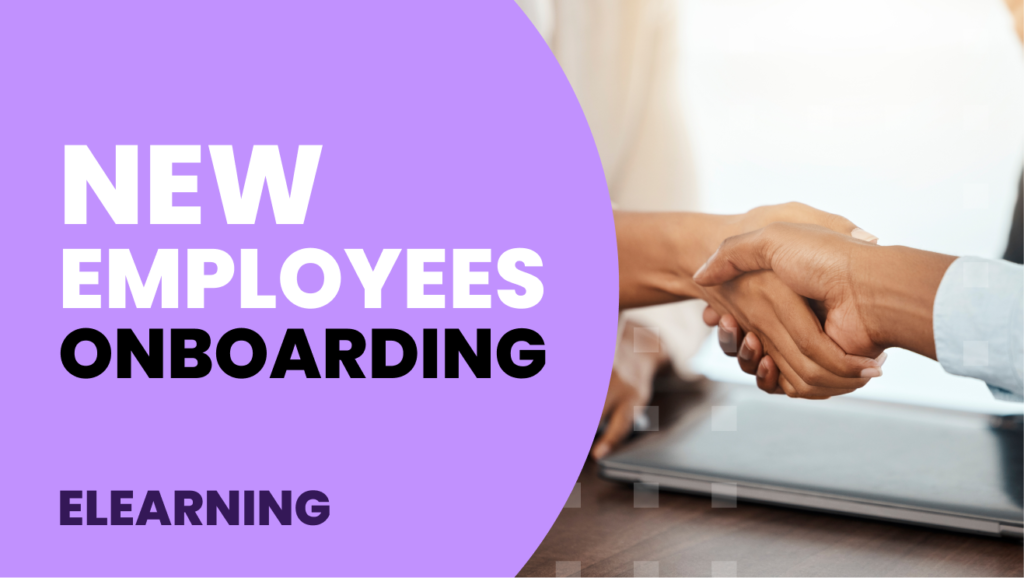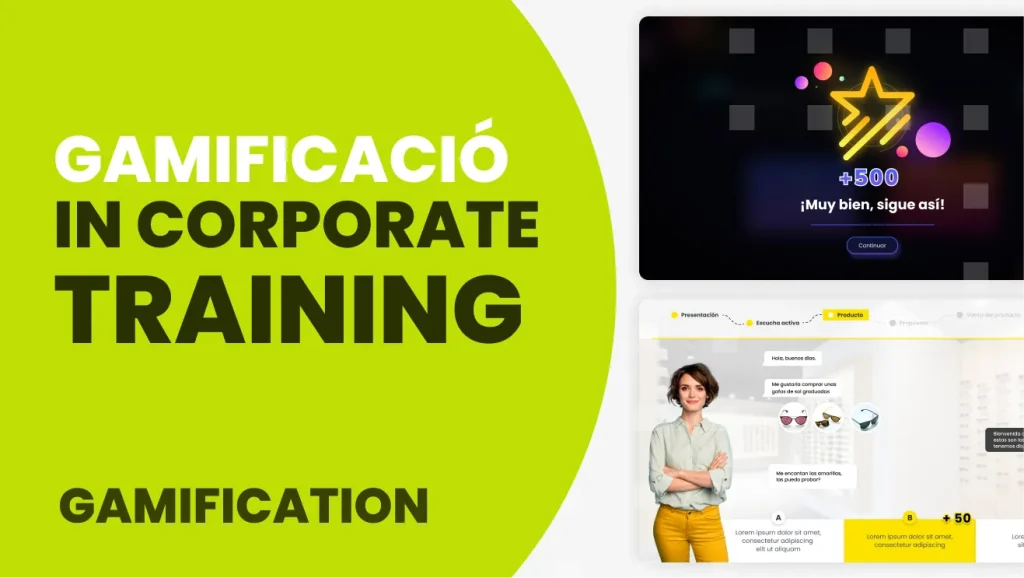In the past, hiring a new employee consisted of signing a contract and giving a brief presentation about the company.
Fortunately, this process has evolved for both the employee and the company.
We will talk about how to do it, what the benefits are, and the phases to make it a success.
What is new employee onboarding?
A good corporate onboarding system is one whose main objective is to perfectly integrate the new employee into the company and retain his or her talent.
It is estimated that organizations with a solid onboarding process see an 82% improvement in new hire retention and more than a 70% improvement in productivity.
Dr. Dr. Talya Bauer of the Society for Human Resource Management (SHRM) has identified the four C‘s that a good corporate onboarding system should include.
Compliance
It means explaining the company’s basic policies to new employees.
Clarity
This means making sure employees understand their responsibilities and how to properly fulfill their role in the company.
Culture
It is the explanation of the formal and informal organization of the company during the onboarding process.
Connection
It means building relationships with co-workers and becoming part of the team.
Goals of Onboarding: What is onboarding for?
The main objectives of the onboarding process are the following:
- Introduce new employees to the company culture and goals.
- Provide new employees with the information and resources they need to do their jobs properly.
- Define responsibilities for new hires.
- Help employees feel comfortable in the company.
- Ensure compliance with corporate policies and procedures.
- Foster positive relationships between new hires and the rest of the team.
- Improve productivity by getting new workers to become independent as quickly as possible.
- Onboarding is a great way to retain employee talent and increase employee engagement and satisfaction.

Stages of the Onboarding Process
Phase 1: Prepare the incorporation
Before starting the process and before the employee starts working, it is advisable to have all the necessary materials ready.
- Documentation: Prepare all documents to welcome the employee: company rules and manuals, employment contract, and other documents the employee will need to sign or be aware of.
- Materials: The tools needed to do the job must also be prepared: laptop, cell phone, company badge, workspace, etc.
- Work teams: Sometimes the HR department prepares all the documents and materials for the new employee, but the rest of the colleagues are not taken into account. It is important that the other employees, or at least the people with whom you will be working with the new employee, know what position he/she will occupy, his/her name, and some important information so that they can also welcome him/her.
- Meetings: It is advisable to schedule meetings or videoconferences that the employee will have with the rest of the team members. Send them to your e-mail so you can get organized. The first few days are complicated.

Phase 2: New employee’s first day
- Official new employee: On the day of the new employee’s incorporation, it is recommended that an “official welcome” be given, for example, by sending an e-mail to the entire company introducing the new employee as a new member of the company. That way, the whole company can respond to that email, and you will feel like one of them from the start.
- Facilities: Show the employee the layout of the workplace, where their workstation is located, the break room, the cafeteria, etc. This is a good time to take a tour of your colleagues and introduce yourself more informally.
Phase 3: Follow-up
After a few days of onboarding, it is important to meet again with the new employee to evaluate how the onboarding went.
This is an ideal time to get feedback. Ask him or her how he or she has found the process, if he or she feels comfortable in the new position if he or she is understanding things at a good pace…
In this feedback, it is also important to tell him what is expected of him and what the next few days will be like. Remember that bringing on a new employee is often stressful because of the amount of information they receive in a short period.
Phase 4: Progress
After approximately 3 months, progress and evaluation can be made of the employee, where goals can be set once he/she has settled into the rhythm of his/her new position.





